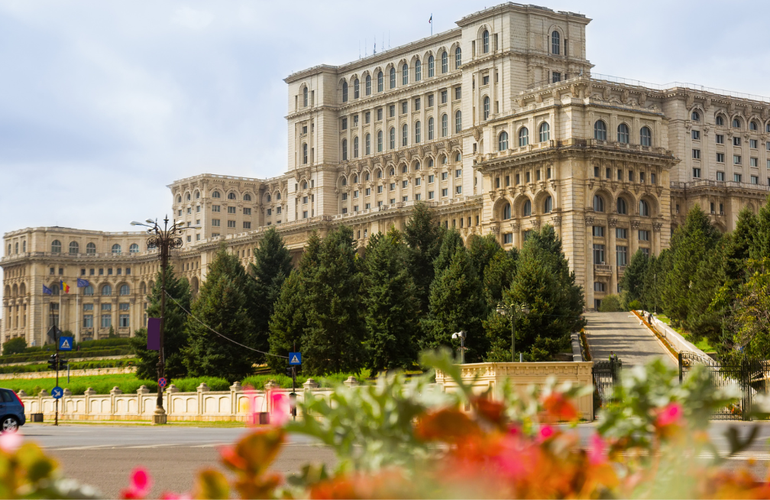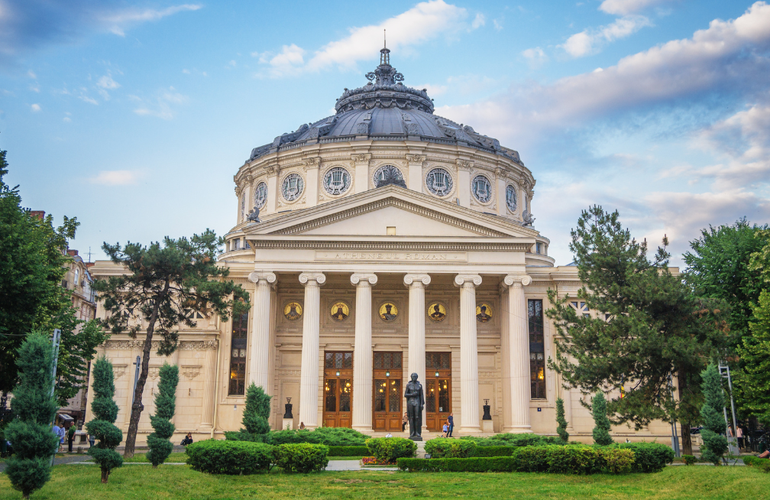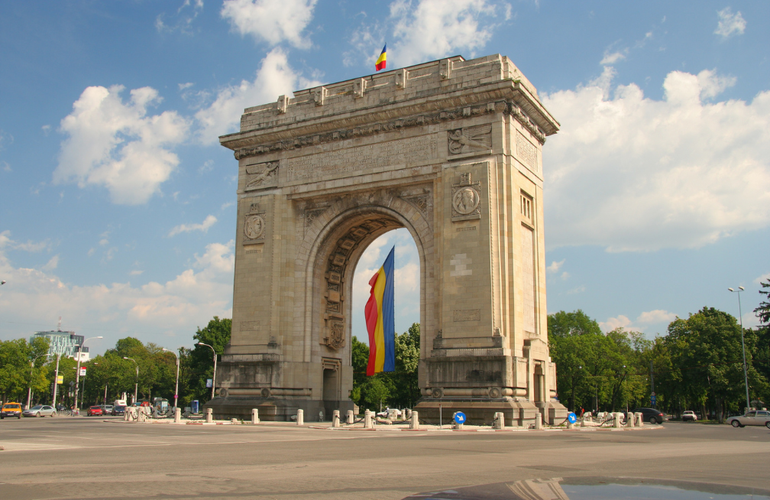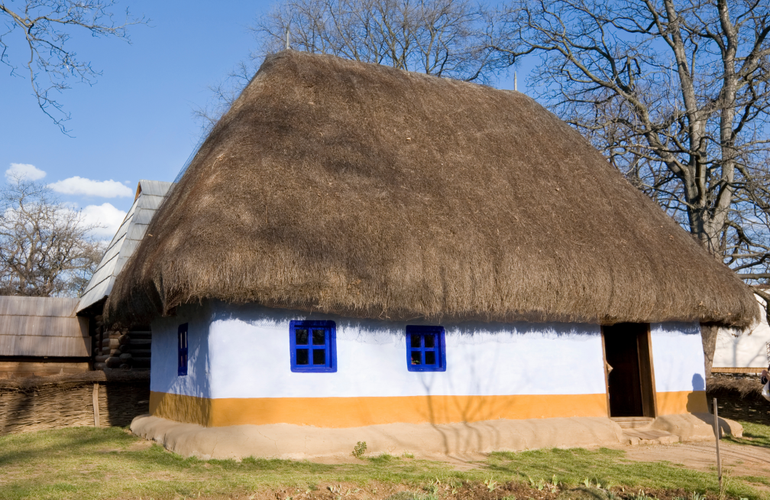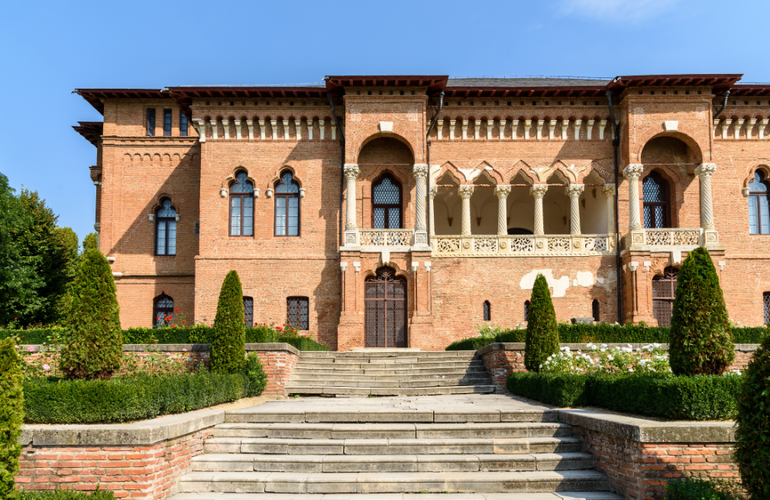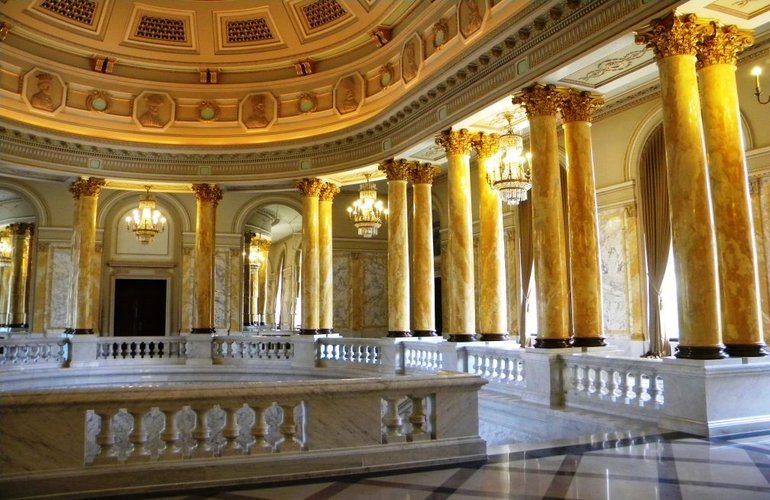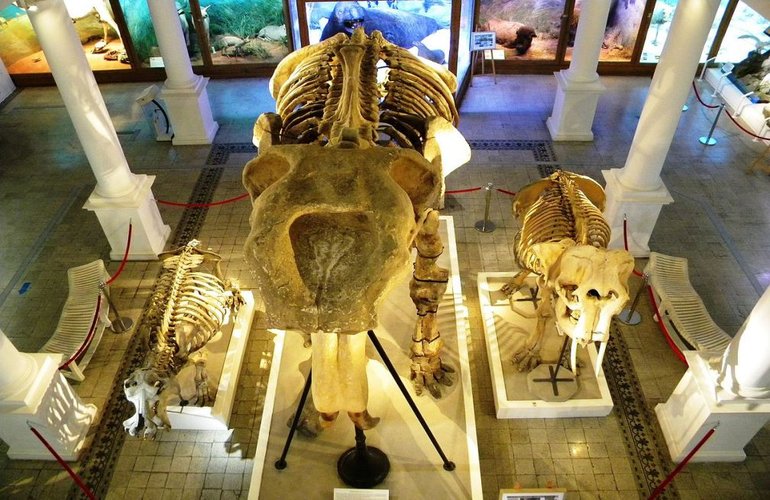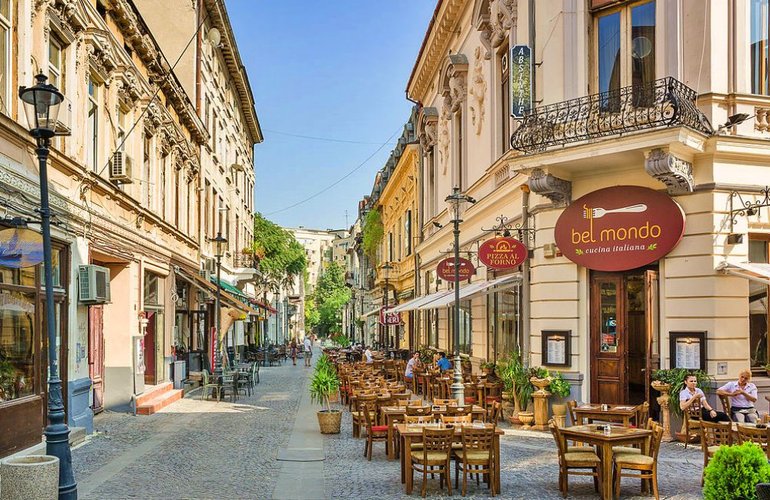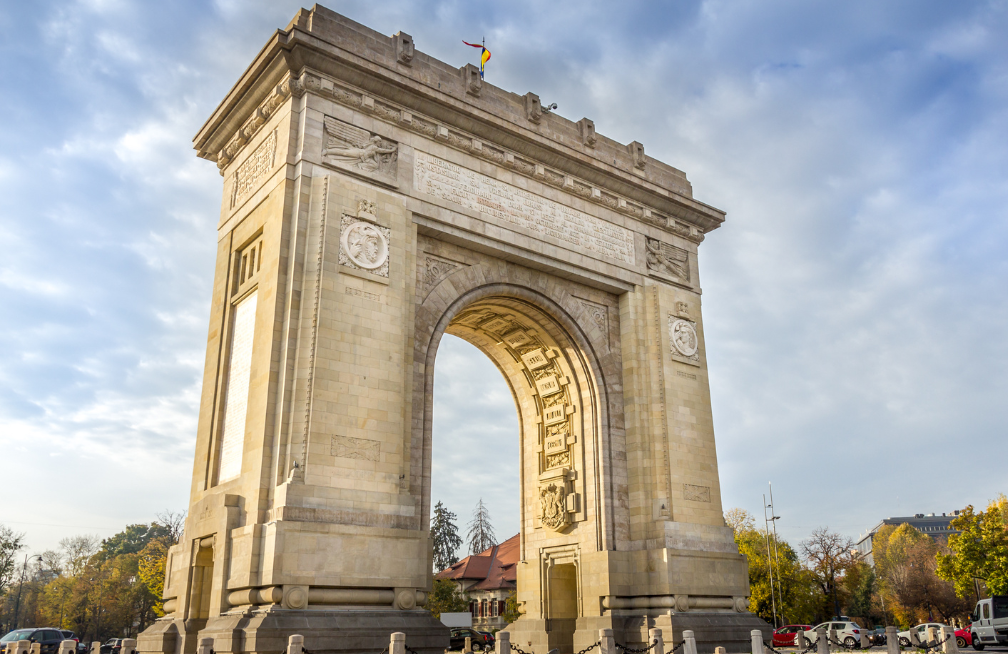
Bucharest, the Little Paris
Bucharest is the capital municipality, cultural, industrial, and financial centre of Romania. It is the largest city in Romania and located in the southeast of the country, lies on the banks of the Dâmbovița River, less than 70 km north of the Danube River.
Bucharest is the primary entry point into Romania. Bucharest is a booming city with many large infrastructure projects changing the old face of the city. Known in the past as "The Little Paris", Bucharest has changed a lot lately, and today it has become a very interesting mix of old and new that has little to do with its former reputation. Bucharest offers some excellent attractions, and has in recent years has cultivated a sophisticated, trendy, and modern sensibility that many have come to expect from a European capital. Bucharest has benefited from an economic boom along with the EU grants that have helped rebuild parts of the city, including the revamped old town. The largest project finished at this time is the impressive Basarab overpass, which is Europe's widest cable bridge.
Bucharest was first mentioned in documents in 1459. It became the capital of Romania in 1862 and is the centre of Romanian media, culture and art. Its architecture is a mix of histroical (neo-classical), interbellum (Bauhaus and art deco), communist-era and modern. In the period between the two World Wars, the city's elegant architecture and the sophistication of its elite earned Bucharest the nickname of "Little Paris". Although building and districts in the historic city centre were heavily damaged or destroyed by war, earthquakes, and above all Nicolae Ceaușescu's program of systematization, many survived. In the recent years, the city has been experiencing an economic and cultural boom.
Economically, Bucharest is the most prosperous city in Romania and is one of the main industrial centres and transportation hubs of Eastern Europe. The city has big convention facilities, educational institutes, cultural venues, traditional "shopping arcades" and recreational areas.
The Romanian capital Bucharest has the largest transport network in the country and the fourth largest one in Europe. Besides the surface transport network, Bucharest has five metro lines which cover a total of 78 km. The surface network consists of buses, trolleybuses, trams and light rail.
Bucharest has many interesting monuments and buildings. The most prominent landmark is the Palace of the Parliament, built in the 1980s during the reign of Communist dictator Nicolae Ceaușescu. The largest Parliament building in the world, the Palace houses the Romanian Parliament (the Chamber of Deputies and the Senate), as well as the National Museum of Contemporary Art. The building boasts one of the largest convention centres in the world. Another landmark in Bucharest is the Arch of Triumph, built in its current form in 1935 after the model of the Arch of Triumph in Paris.
Bucharest has a growing cultural scene, in fields including the visual art, performing arts and nightlife. Unlike other parts of Romania, such as the Black Sea coast or Transylvania, Bucharest's cultural scene has no defined style, and instead incorporates elements of Romanian and international culture.


